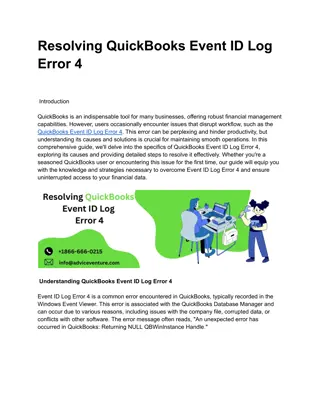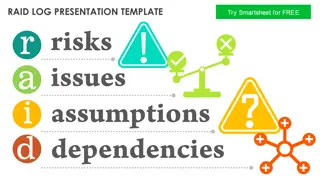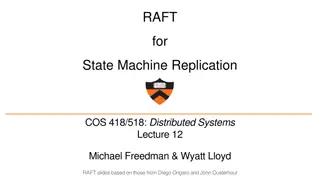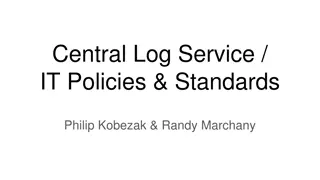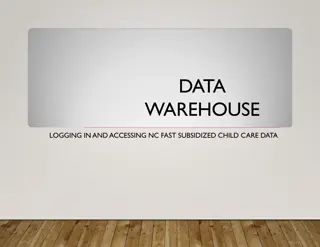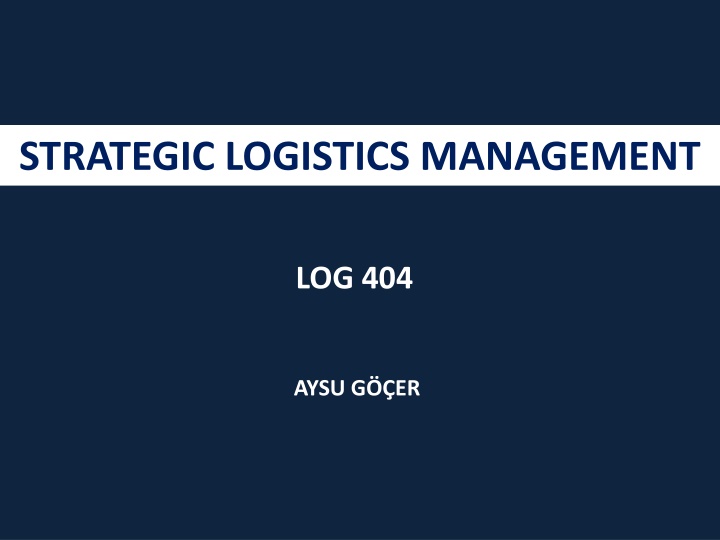
Develop Effective Supply Chain Strategies for Organizational Success
Learn about the shift from operational focus to strategic focus in supply chain management, the importance of viewing supply chains from the customer's perspective, and the major challenges organizations face in developing supply chain strategies to enhance competitiveness and cooperation.
Download Presentation

Please find below an Image/Link to download the presentation.
The content on the website is provided AS IS for your information and personal use only. It may not be sold, licensed, or shared on other websites without obtaining consent from the author. If you encounter any issues during the download, it is possible that the publisher has removed the file from their server.
You are allowed to download the files provided on this website for personal or commercial use, subject to the condition that they are used lawfully. All files are the property of their respective owners.
The content on the website is provided AS IS for your information and personal use only. It may not be sold, licensed, or shared on other websites without obtaining consent from the author.
E N D
Presentation Transcript
STRATEGIC LOGISTICS MANAGEMENT LOG 404 AYSU G ER
INTRODUCTION From: Operational Focus To: Strategic Focus Immediate time frames Concrete Action / activities / doing Medium to longer time horizons Conceptual Think, reflect and learn before any action taken Proactive / identify future opportunities Future development programmes Viewing supply chain from the customer s perspective Viewing supply as a customer issue a market problem Resource (incl.competence development) development, planning and acquisiton effectiveness focus Strategic effectiveness Hands-off approach Helicopterview or view from the bridge Reactive / problem-solving firefighting Routine day-to-day and change Production / service processes Viewing supply as a production problem Resource utilization efficiency focus Operational efficiency Hands-on approach Feet on the ground
INTRODUCTION Major business challenges for organizations developing supply chain strategies include developing capabilities to manage: value, volumevolatility, velocity, variety, variability, visibility, virtuality From: Business Challenges (seven V s that Customers want) To: Supply Chain Strategies (seven S s that deliver org l strategies) Value Sustainability Volume Volatility Service Velocity Speedy Response Variety Suited to Customer Requirements Variability Standards Visibility Systems Focused on Customer Satisfaction Virtuality Structures and Relationships
INTRODUCTION Supply chain encompasses all activities associated with the flow and transformation of goods (products and services) from initial design stage through the early raw materials stage, and on to the end user and of information as well as cash flows Supply chain strategies are required to manage the integration of these activities through improved supply chain relationships, to achieve a competitive and co-operative advantage
INTRODUCTION Different Strategies require Different Activities to be Performed Strategy wrt The types of activities that the organization would need to focus upon and develop competencies in order to pursue each strategy
INTRODUCTION Supply Chain Strategies and Strategic Fit Supply chain strategies are conducted under the umbrella of the corporate strategy of the organization Competitive strategies are market focused Strategic fit has to be achieved between supply chain strategies and competitive strategies adopted by the organization. To achieve strategic fit, the organization has to; Understand the customer Understand the nature and structure of their own supply chains Market variables determine six key attributes of supply chain structure; volume, time, variety, service level, price, rate of change innovation NPD (Minzberg, 1997)
INTRODUCTION Supply Chain Strategies and Strategic Fit
INTRODUCTION Supply Chain Strategies and Strategic Fit
INTRODUCTION Supply Chain Strategies and Strategic Fit


